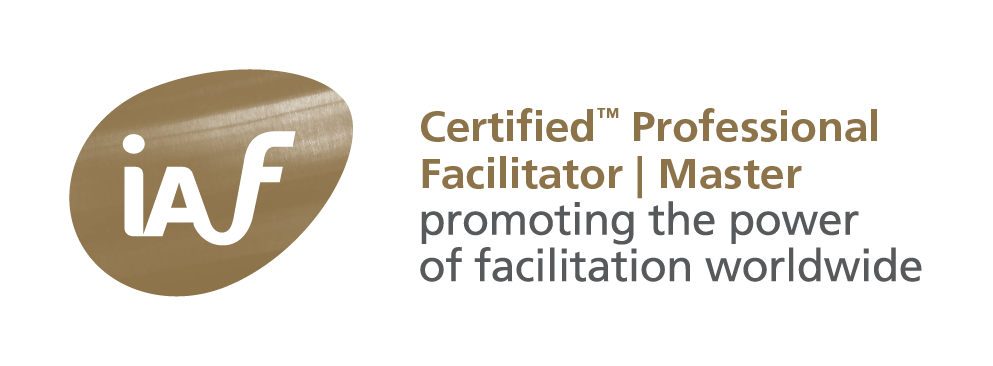As a facilitator, you sometimes meet a client who already has a plan for the meeting (s)he wants you to facilitate. Your expertise is off course the process and (s)he should concentrate on the required results.
Rebecca Sutherns asked : “I’ve been hired as a consultant to facilitate various strategic conversations with clients, explicitly because of my 20+ years of experience doing so and their admitted lack of similar experience. At some stage in the planning process, usually ahead of a planning call, they unexpectedly send me a suggested detailed process plan — sometimes including lots of specific questions, exact times on an agenda etc. — well before we’re at that level of readiness (e.g. perhaps the purpose of the session hasn’t yet been finalized or attendees have yet to be identified)”
My approach: according to Chris Argyris (Strategy, Change and Defensive Routines), these are defensive routines. They are so usual, normal,standard, habitual that nobody notices them anymore. It has to do with strengthening your position, not loosing face (“who needs a facilitator?”), staying in control and not communicating what you’re meaning. S.O.B.’s. It is based on untested assumptions.
You cannot engage these directly (that’s also a defensive routine) and not indirectly. The best response, in my view, is to apply left and right column thinking. So direct the client to make their thinking process clear: what assumptions do they use? Go slow, state your own assumptions, … See “The Tactics of Change” by Weakland.
The suggestion on language, made me grab “The Language of Change“, by Paul Watzlawick. A detailed plan is “left brain” (as a metaphor) language. Facilitation requires “right brain” language: figurative, imaginative, creative… . The “left brain” pattern of the client, induces both the need for facilitation and blocks its use. It is part of the problem. The “need” to “prescribe” a plan for the facilitation, can therefor be part of the solution. Use it (there are a lot of different ways): visualize the results of the proposed program (step), experience how the participants would react to it, use “clean language” to explore metaphors, “act” out parts of the program in order to see what works
nd off course, adding insult to injury, we’re caught in a “double bind” (see Bateson). Most managers are unaware of the situation we’ve framed ourselves in. There exists in the relationship a social or power difference. In this case, a client and a supplier. The situation is complicated, because the relationship determines the meaning of the content. The content, in this case, is the plan proposed by the client. The meaning of the content is communicated through the interpunction: the way the plan is being proposed by the client. It is not the plan (s)he proposes that is the problem, it is the way the plan is being proposed.
As facilitators we need to have an open dialogue. In this cases, your client remains in the “up” position (“parent” in TA) and “sends” you a message (which is asynchronous communication).. It forces you either also in an up position (“I’m the process expert”) or in a lower position. This can be “adult” (from this position most of these suggestion arise) and/or forces you into a “dependent” position (for instance, you need this job).
It is a “double bind”, because the client and you are bound together, unable to create a meaningful relationship. I suppose, the client also longs for an open dialogue, but is unaware of his/her own actions, blocking it. And blocking a conversation about this and threatening the success of the meeting itself. Because this behavior will be repeated there too. See the cat? See the cradle?
Now, a double bind is not a problem, because it is everywhere. What I tend to do, is to see the client vis-a-vis (synchronous communication), shake hands, do NOT sit opposite to the client (child position!) and induce an open conversation – usually around another subject (and if possible, talk about a real problem of my own) then the meeting. Then I re-frame the context of the plan: for instance make it into a suggestion, accept is as a compliment, see it as a step in a learning process by the client (“good of you, wanting to learn to facilitate”), … this intervention is context dependent.




